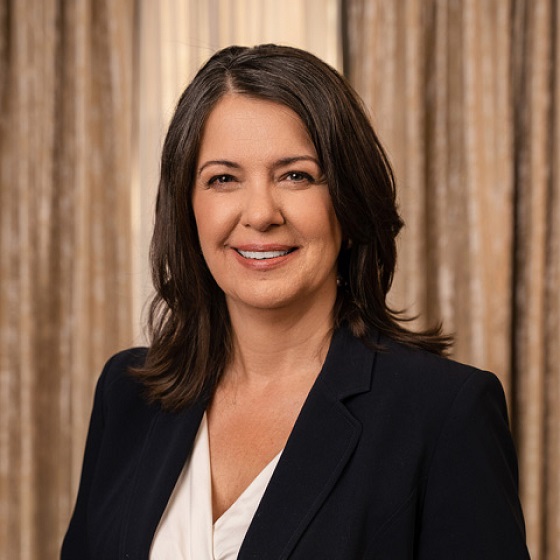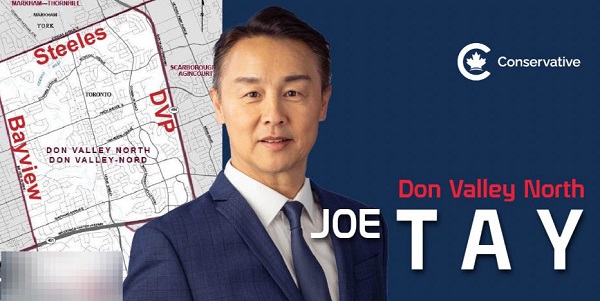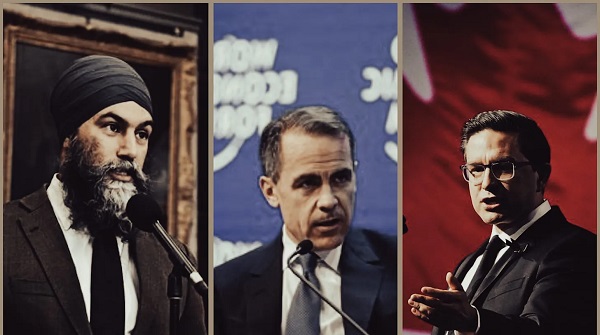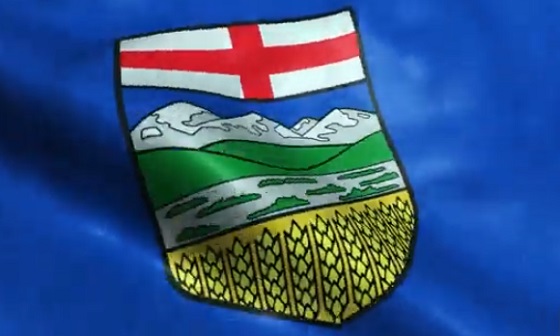Opinion
See Lethbridge and Red Deer’s Opposing Growth Patterns By Looking at Henderson and Hazlett Lakes

Lethbridge maintains positive growth while Red Deer is experiencing negative growth. Why?
My favourite examples are Red Deer’s Hazlett Lake and Lethbridge’s Henderson Lake.
Lethbridge and Red Deer have similar size population in the same province. Lethbridge is the 5th fastest growing city in Canada and grew by almost 2% per year, while Red Deer shrank by 1% last year.
Lethbridge took a man made slough and turned it into a multi-faceted tourist attraction, while Red Deer will turn a lake into a residential subdivision.
So why I am I suggesting Lethbridge turned lead into gold and Red Deer might be turning gold into lead. Let us look at what Lethbridge did with a man-made slough then look at what Red Deer will do with a lake.
Henderson Lake Park Henderson Lake Park is one of Lethbridge’s premier parks featuring a 24 hectare (59 acre)man made lake, mature trees and groves, gardens, picnic shelters, playgrounds and over 7 km of trails.
The Park is home to numerous annual community celebrations including Canada Day Festivities, the Lethbridge Rotary Dragon Boat Festival and many community runs and walks. Whether you’re a family with small children, an exercise or sports enthusiast, a non-motorized boating enthusiast, a fisherman, a horticulturists, or someone simply looking to get out for a walk this park is definitely for you.
The lake is perfect for kayaks, canoes and paddle boats alike and provides easy access to the water via the boat launch and dock. The dock is often used by fishermen looking to catch Pike, Perch or Whitefish (provincial fishing regulations apply).
For the nature, exercise, and history enthusiasts there is a 2.5 km trail around the lake and another 4.3 km trail around the perimeter of the park providing ample opportunity for one to stretch their legs, check out all of the local wildlife, or view the commemorative and historical markers and displays located throughout the park. There is also plenty of open space in the park which is often used for ultimate frisbee. There are also great little areas for you to put down a blanket and enjoy a good book, have a picnic or simply relax and watch the world as it goes by.
For families with children Henderson Lake Park has three playgrounds: one located on the north side of the Park just off Parkside Drive, one at the end of the park, and the third located behind the Henderson Lake Pool. The playgrounds feature climbing apparatus, slides and swings. The playground on the north side of the park near the dock is completely accessible. After the kids are done playing families can enjoy a picnic at one of the many picnic tables located throughout the park, or for something more formal one can book a covered picnic shelter.
Henderson Park is also home to the Demonstration and Rose Gardens. The Rose Garden is located in the northwest corner of the park and commemorates 9/11. The Demonstration Gardens are located east of the Tennis Courts and celebrates the contributions of Communities in Bloom to the Community.
Henderson Park is surrounded by a multitude of facilities like the SLP Skate Park, Henderson Horseshoe Pits, the Henderson Lake Golf Course, the Henderson Outdoor Pool, Spitz Stadium, Henderson Park Ice Centre, Henderson Tennis Courts and Nikka Yuko Japanese Garden.
Henderson Park has something to offer absolutely everyone and there isn’t a day where you won’t see families, exercise enthusiasts, seniors, people out exercising their dogs, fishermen, boaters, golfers, and just about everyone else under the sun out enjoying this wonderful park. From the photographic opportunities to the areas for quiet solitude and reflection to the exuberant playgrounds, to the trail system that is linked to the rest of the south side, this park is sure to meet everyone’s needs.
Hazlett Lake Park?
Remember, Hazlett Lake is a natural lake that covers a surface area of 0.45 km2 (0.17 mi2), has an average depth of 3 meters (10 feet). Hazlett Lake has a total shore line of 4 kilometers (2 miles). It is 44 Ha. (108.8 acres) in size. Located in the north-west sector of Red Deer.
Currently on the NADG.com website we will see a residential community around Hazlett Lake. Encompassing about 12 percent of the land north of 11A currently up for development. Phase I will be home to 5,000 residents with the nearest high school on the other side of city on the east end. A K-8 school site to be located north-east of Hazlett Lake currently planned for a later phase.
On nadg.com:
“Hazlett Lake is a 350-acre master planned residential community located in North Red Deer at the intersection of Alberta’s busiest Highway -QE2 and Highway 11A. The community will consist of over 2000 new residential units and will be Phase 1 of Red Deer’s North of 11A Major Area Structural Plan. Additionally, this development will be the first new housing project in North Red Deer in 10 years”
Red Deer also wants to build an Aquatic Centre, and the current plan is to demolish the downtown rec centre and build it there. The Collicutt Centre was built in the south east corner of Red Deer, helped to kick start development. Why not build the Aquatic Centre in the north west corner, kick starting development and build it on Hazlett Lake and create a tourist industry?
An Aquatic Centre on a lake, ludicrous right? A tourist destination highly visible to one of the busiest highways in Canada, insane right? 2 miles of shoreline may have room for a beach, impossible right? The current plans in Red Deer indicates some trails, a small community building with some historical placards, possibly a bathroom and a playground.
Not quite Henderson Lake Park, tourist attraction, is it?
To me Red Deer has a gold mine of an opportunity that will be ignored at the expense of the citizens of Red Deer. Do you agree?
Economy
US strategy to broker peace in Congo and Rwanda – backed by rare earth minerals deal
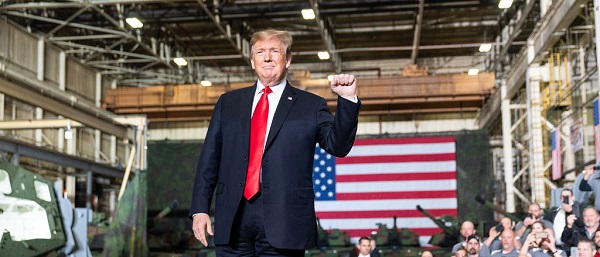
 MxM News
MxM News
Quick Hit:
Senior Trump advisor Massad Boulos says the U.S. is brokering a peace deal between the Democratic Republic of the Congo (DRC) and Rwanda that will be paired with “Ukraine-style” mineral agreements to stabilize the war-torn region.
Key Details:
-
The U.S. wants Congo and Rwanda to sign a peace treaty and, on the same day, finalize critical mineral supply deals with Washington. Boulos told Reuters that both deals are expected within two months.
-
Rwanda’s side of the treaty involves halting support for M23 insurgents, while the DRC has pledged to address Rwanda’s concerns about the Hutu-dominated FDLR militant group.
-
DRC President Tshisekedi has floated the idea of giving the U.S. exclusive access to Congolese minerals in exchange for help against M23. “Our partnership would provide the U.S. with a strategic advantage,” he wrote in a letter to President Trump.
Diving Deeper:
According to a Thursday report from Reuters, President Donald Trump’s administration is accelerating efforts to finalize a dual-track strategy in central Africa—pushing for a peace agreement between the Democratic Republic of the Congo and Rwanda, while simultaneously brokering “Ukraine-style” mineral deals with both nations.
Massad Boulos, Trump’s senior adviser on Africa, told Reuters that the administration expects the mineral agreement with Congo to be signed on the same day as the peace treaty, followed shortly by a separate deal with Rwanda. “The [agreement] with the DRC is at a much bigger scale, because it’s a much bigger country and it has much more resources,” Boulos explained, while noting Rwanda’s potential in refining and trading minerals is also significant.
The DRC and Rwanda have set a tight timetable, agreeing to exchange draft treaty proposals on May 2nd and finalize the accord by mid-May. Secretary of State Marco Rubio is scheduled to preside over the next round of negotiations in Washington.
Rwanda’s cooperation hinges on its withdrawal of support for M23 rebels, who have taken over key territories in eastern Congo. These insurgents have even paraded through captured towns alongside Rwandan troops, prompting international condemnation. In return, Congo has committed to addressing Rwanda’s longstanding concern over the presence of the FDLR—a militant group composed largely of Hutu fighters accused of plotting to overthrow Rwanda’s Tutsi-led government. The FDLR has been active in the region for years and remains a major point of contention.
The instability in eastern Congo—home to over a hundred armed groups—has prevented investors from tapping into the country’s vast mineral wealth. The DRC holds an estimated $24 trillion in untapped resources, including cobalt, copper, lithium, and tantalum, all essential for advanced electronics, renewable energy systems, and defense applications. Boulos emphasized that no deal will go forward unless the region is pacified: “Investors want security before they invest billions.”
Reports suggest M23 has seized control of major mining operations, funneling stolen minerals into Rwanda’s supply chain. Though the UN’s peacekeeping mission, MONUSCO, was designed to stabilize the region, it has been ineffective during this latest wave of violence. President Tshisekedi asked the mission to withdraw last year, and several countries—including South Africa, Malawi, and Tanzania—are now pulling their peacekeepers after M23 captured the regional capital of Goma in January.
Red Cross teams began evacuating trapped Congolese soldiers and their families from rebel-held areas on Wednesday. At least 17 UN peacekeepers have been killed so far this year.
In a March letter to President Trump, President Tshisekedi made his case for a strategic partnership, offering exclusive U.S. access to Congo’s mineral wealth in exchange for American support against the insurgency. “Your election has ushered in the golden age for America,” he wrote, describing the proposed deal as a “strategic advantage” for the United States.
Boulos, who has longstanding business ties in Africa, quickly visited the DRC following the letter and began working to finalize the terms of the proposed agreement.
Business
Federal government’s accounting change reduces transparency and accountability
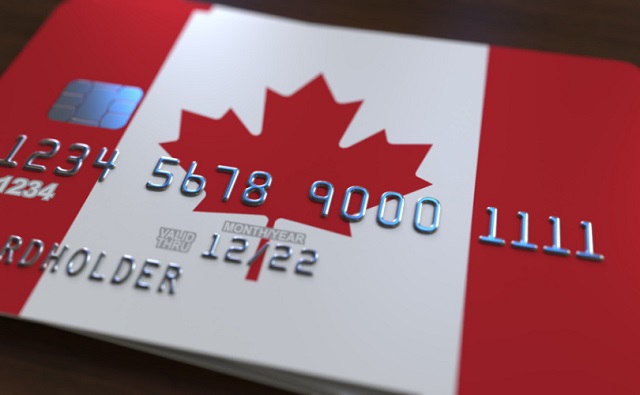
From the Fraser Institute
By Jake Fuss and Grady Munro
Carney’s deficit-spending plan over the next four years dwarfs the plan from Justin Trudeau, the biggest spender (per-person, inflation-adjusted) in Canadian history, and will add many more billions to Canada’s mountain of federal debt. Yet Prime Minister Carney has tried to sell his plan as more responsible than his predecessor’s.
All Canadians should care about government transparency. In Ottawa, the federal government must provide timely and comprehensible reporting on federal finances so Canadians know whether the government is staying true to its promises. And yet, the Carney government’s new spending framework—which increases complexity and ambiguity in the federal budget—will actually reduce transparency and make it harder for Canadians to hold the government accountable.
The government plans to separate federal spending into two budgets: the operating budget and the capital budget. Spending on government salaries, cash transfers to the provinces (for health care, for example) and to people (e.g. Old Age Security) will fall within the operating budget, while spending on “anything that builds an asset” will fall within the capital budget. Prime Minister Carney plans to balance the operating budget by 2028/29 while increasing spending within the capital budget (which will be funded by more borrowing).
According to the Liberal Party platform, this accounting change will “create a more transparent categorization of the expenditure that contributes to capital formation in Canada.” But in reality, it will muddy the waters and make it harder to evaluate the state of federal finances.
First off, the change will make it more difficult to recognize the actual size of the deficit. While the Carney government plans to balance the operating budget by 2028/29, this does not mean it plans to stop borrowing money. In fact, it will continue to borrow to finance increased capital spending, and as a result, after accounting for both operating and capital spending, will increase planned deficits over the next four years by a projected $93.4 billion compared to the Trudeau government’s last spending plan. You read that right—Carney’s deficit-spending plan over the next four years dwarfs the plan from Justin Trudeau, the biggest spender (per-person, inflation-adjusted) in Canadian history, and will add many more billions to Canada’s mountain of federal debt. Yet Prime Minister Carney has tried to sell his plan as more responsible than his predecessor’s.
In addition to obscuring the amount of borrowing, splitting the budget allows the government to get creative with its accounting. Certain types of spending clearly fall into one category or another. For example, salaries for bureaucrats clearly represent day-to-day operations while funding for long-term infrastructure projects are clearly capital investments. But Carney’s definition of “capital spending” remains vague. Instead of limiting this spending category to direct investments in long-term assets such as roads, ports or military equipment, the government will also include in the capital budget new “incentives” that “support the formation of private sector capital (e.g. patents, plants, and technology) or which meaningfully raise private sector productivity.” In other words, corporate welfare.
Indeed, based on the government’s definition of capital spending, government subsidies to corporations—as long as they somehow relate to creating an asset—could potentially land in the same spending category as new infrastructure spending. Not only would this be inaccurate, but this broad definition means the government could potentially balance the operating budget simply by shifting spending over to the capital budget, as opposed to reducing spending. This would add to the debt but allow the government to maneuver under the guise of “responsible” budgeting.
Finally, rather than split federal spending into two budgets, to increase transparency the Carney government could give Canadians a better idea of how their tax dollars are spent by providing additional breakdowns of line items about operating and capital spending within the existing budget framework.
Clearly, Carney’s new spending framework, as laid out in the Liberal election platform, will only further complicate government finances and make it harder for Canadians to hold their government accountable.
-
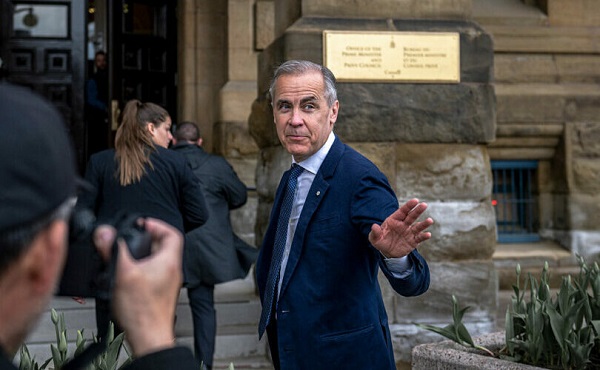
 2025 Federal Election18 hours ago
2025 Federal Election18 hours agoMark Carney vows to ‘deepen’ Canada’s ties with the world, usher in ‘new economy’
-

 2025 Federal Election2 days ago
2025 Federal Election2 days agoThe Last Of Us: Canada’s Chaos Election
-

 Business2 days ago
Business2 days agoOverregulation is choking Canadian businesses, says the MEI
-
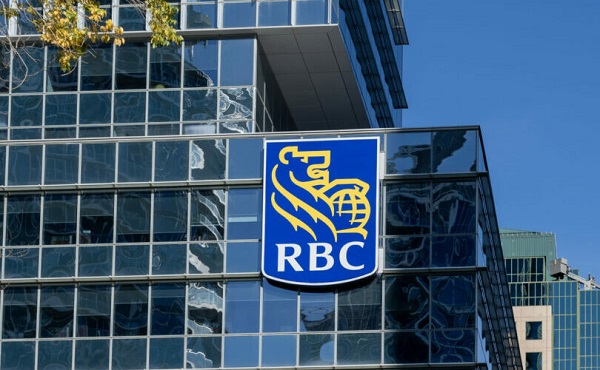
 Business1 day ago
Business1 day agoTop Canadian bank ditches UN-backed ‘net zero’ climate goals it helped create
-

 Health17 hours ago
Health17 hours agoRFK Jr. orders placebo safety trials for all new vaccines in major policy decision
-
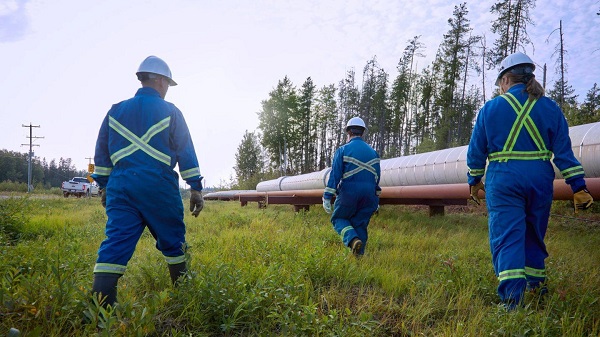
 Alberta2 days ago
Alberta2 days ago‘Existing oil sands projects deliver some of the lowest-breakeven oil in North America’
-

 Crime1 day ago
Crime1 day agoCanada Blocked DEA Request to Investigate Massive Toronto Carfentanil Seizure for Terror Links
-
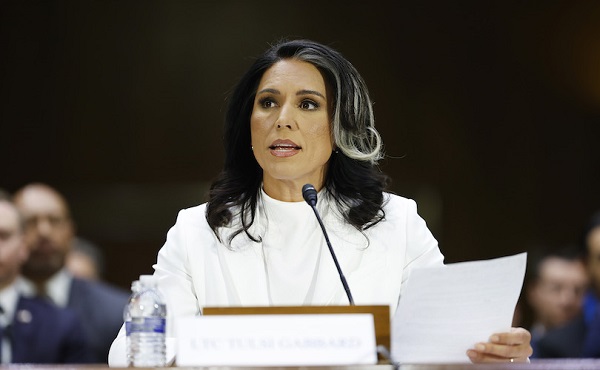
 COVID-191 day ago
COVID-191 day agoTulsi Gabbard says US funded ‘gain-of-function’ research at Wuhan lab at heart of COVID ‘leak’




